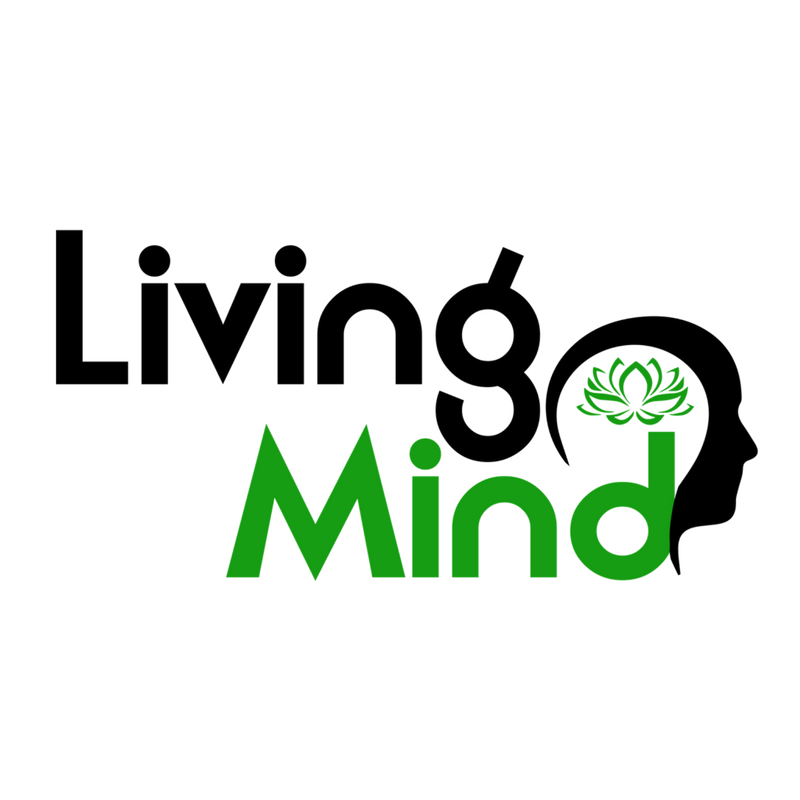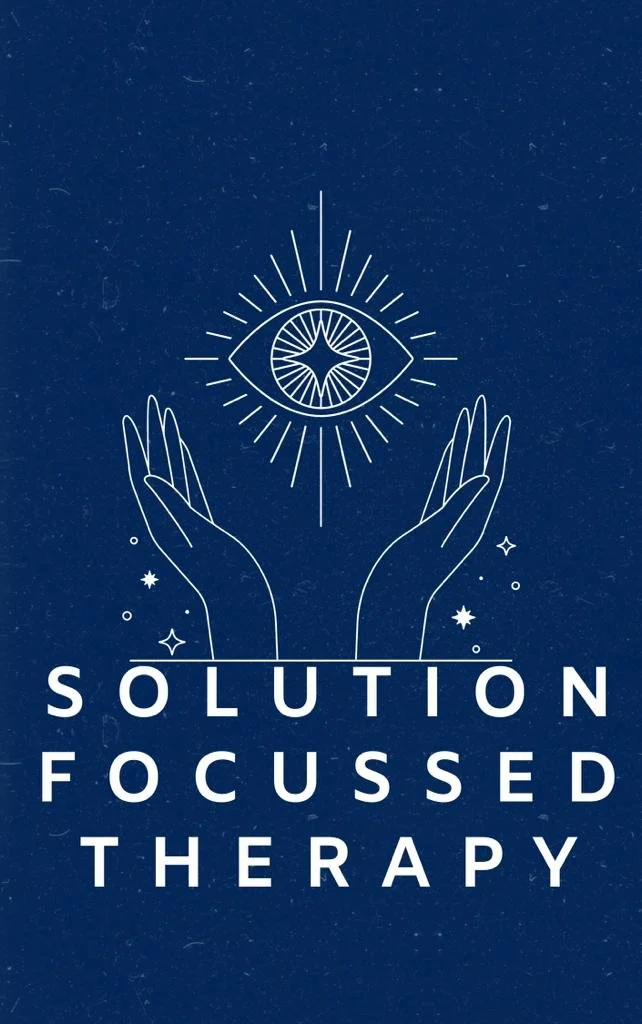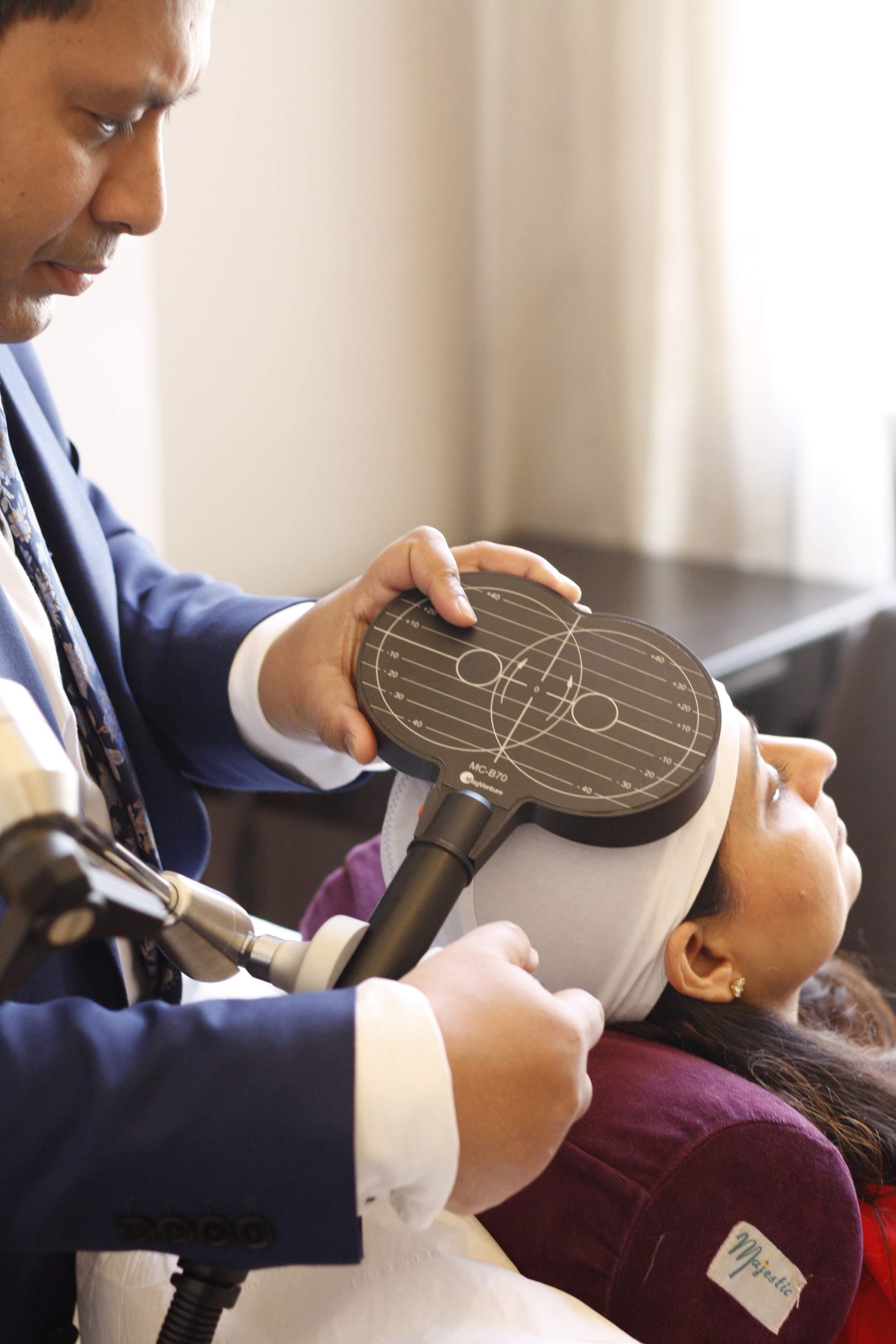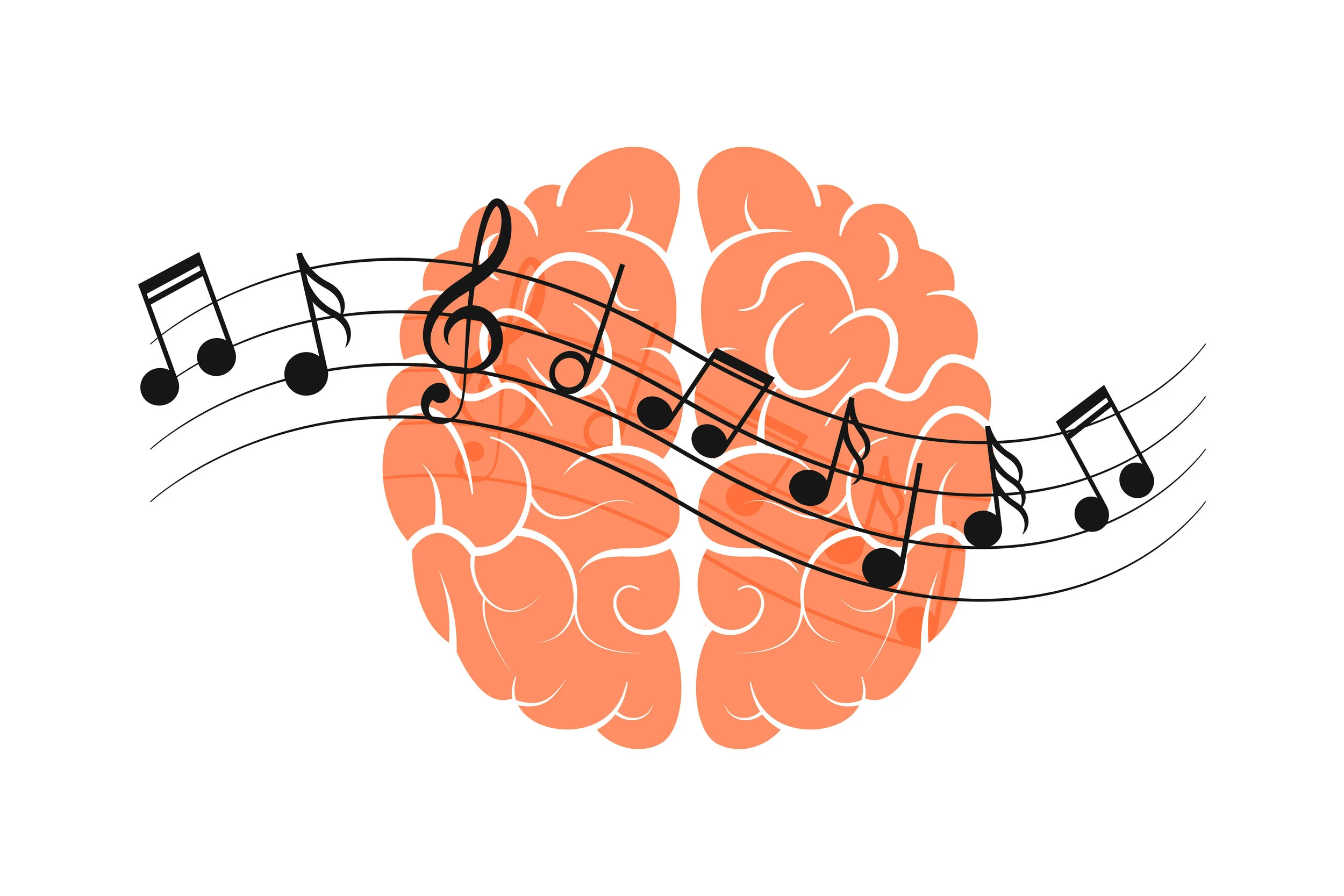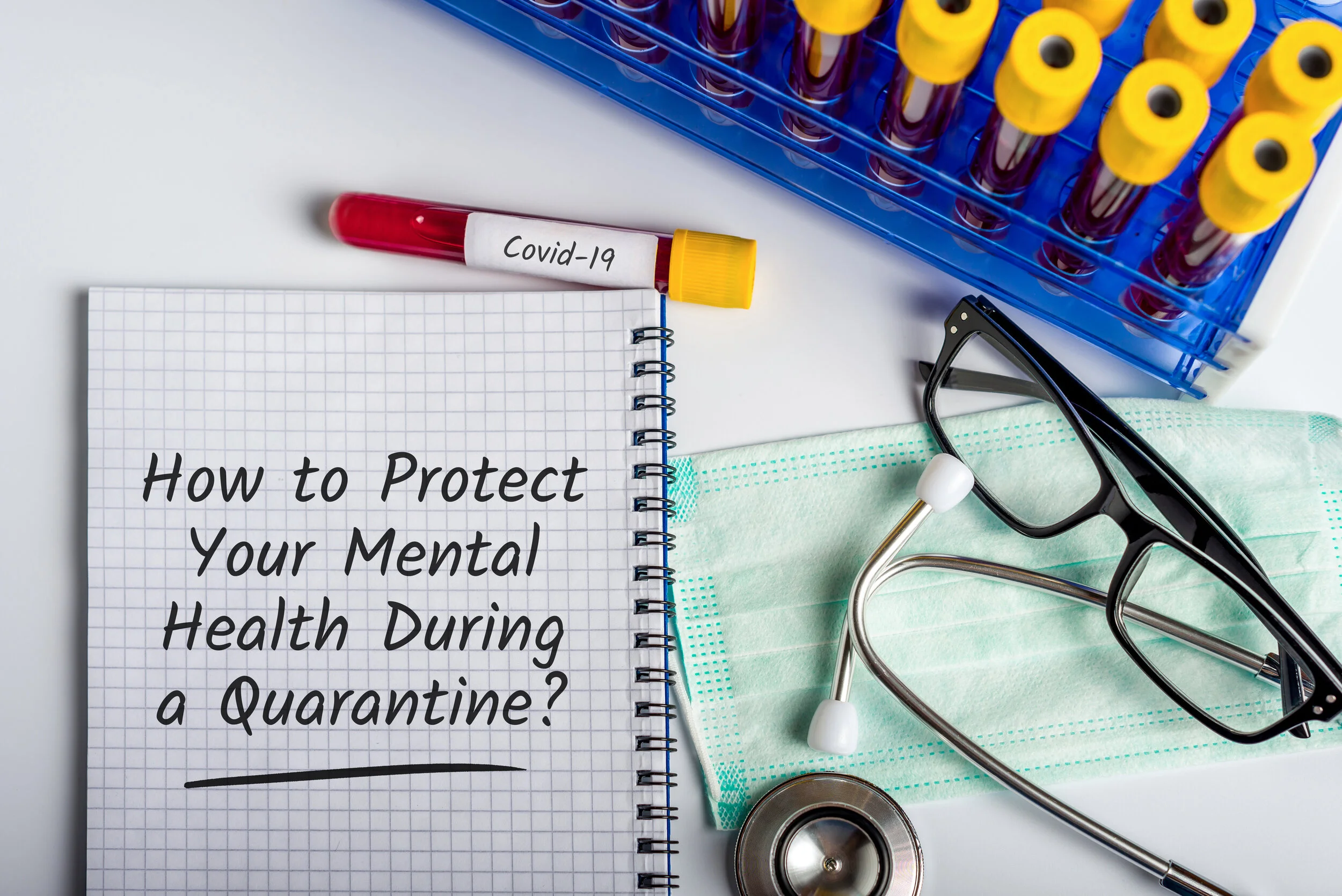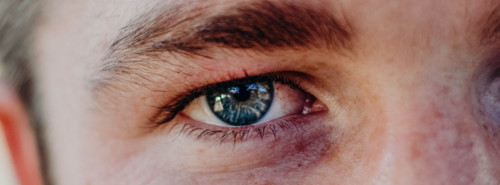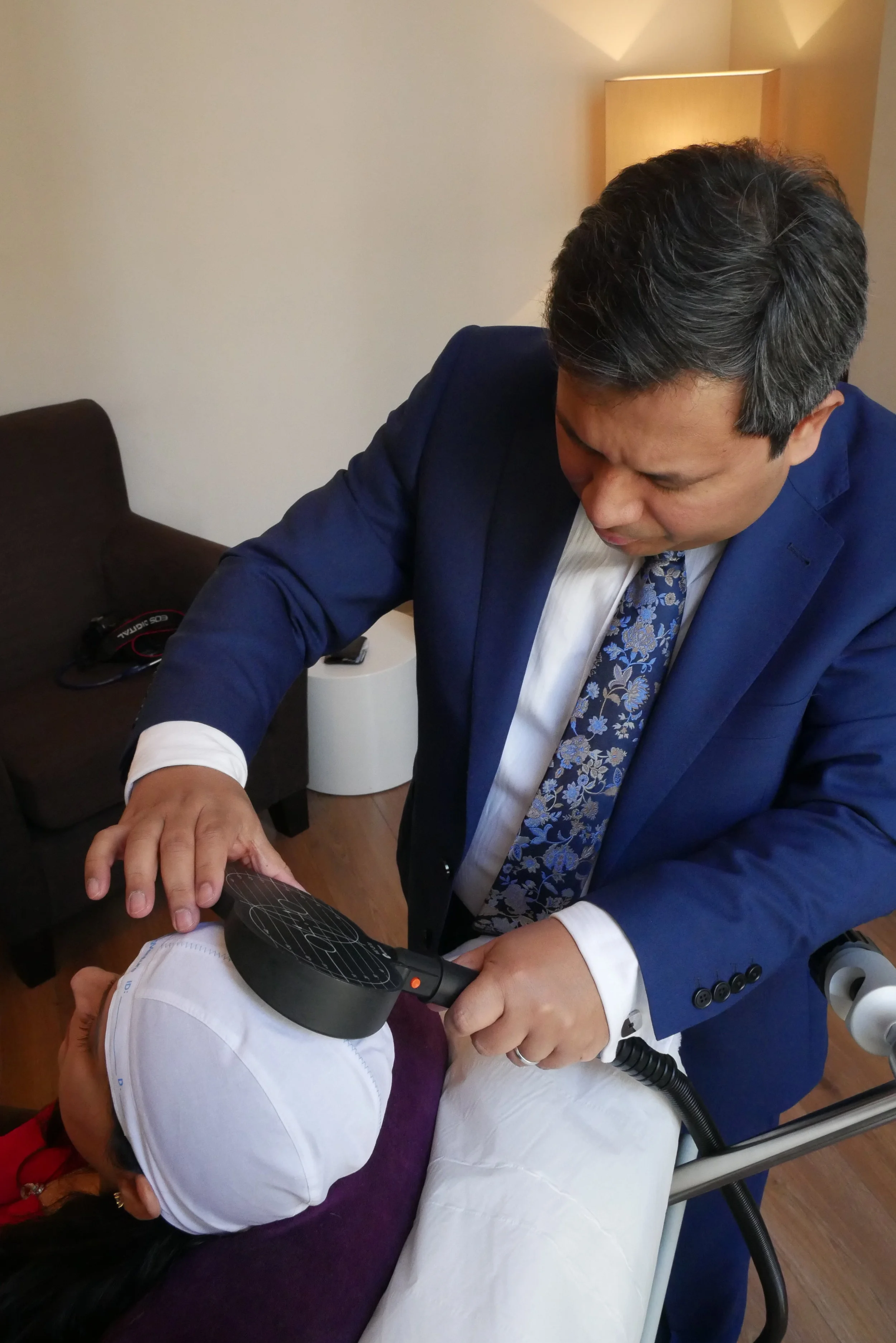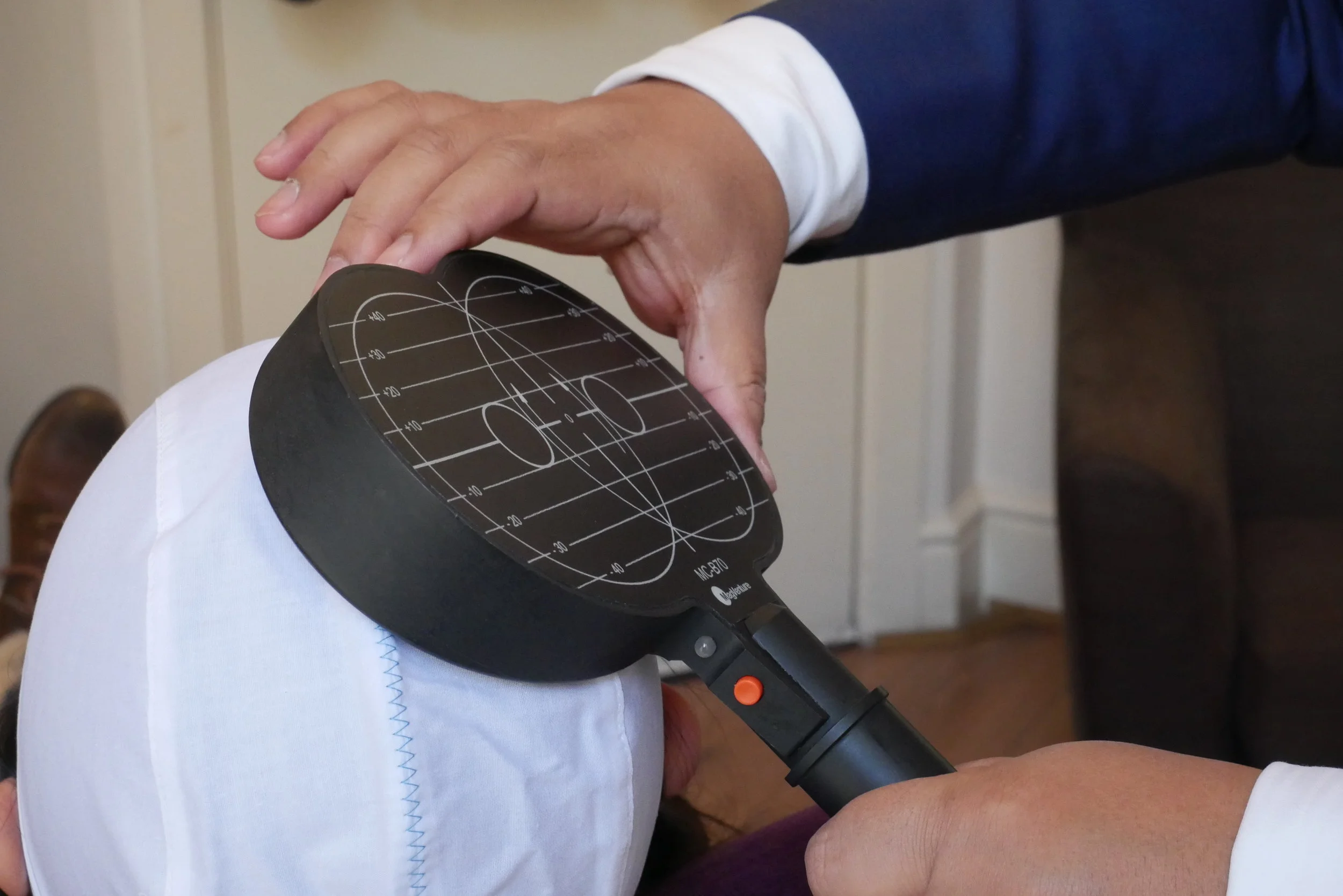Bipolar disorder hit the headlines this week, after singer Mariah Carey revealed that she has been secretly suffering from the mental health condition for nearly two decades. In a candid interview with People, the US star explained that she decided to speak up about living with the condition in order to help break the 'stigma' surrounding mental illness.
'I'm hopeful we can get to a place where the stigma is lifted from people going through anything alone,' she said. It can be incredibly isolating. It does not have to define you and I refuse to allow it to define me or control me.' Bipolar disorder, formerly known as manic depression, is a condition affecting your moods, which can result in swings from one extreme to the other, according to the NHS. Sufferers experience periods or episodes of depression and mania, which can leave them feeling 'high and overactive'.
And, while most of us have heard of bipolar, its complexity and the variety of forms it can take, means there are some misconceptions surrounding it, as the mental health charity Mind notes on its website. Here, we speak to Harley Street Consultant Psychiatrist Dr Arghya Sarkhel of Living Mind, to debunk some of the biggest myths about Bipolar Disorder...
Myth 1: Bipolar is rare
'Surprisingly, bipolar disorder is not uncommon,' Dr Sarkhel tells us. 'In fact, one in every 100 people have a chance of developing it.'
On top of this, the NHS notes that bipolar disorder may initially be confused with clinical depression.
'Almost 20 percent of people with bipolar are diagnosed with depression first,' Dr Sarkhel says. 'It's only over time when they have distinct mania or hypomania that their diagnosis is then revised.'
Myth 2: Bipolar Disorder can only develop when you're young
While the NHS notes that sufferers often develop symptoms between the ages of 15 and 19, Dr Sarkhel tells us that the onset usually occurs between your early to late twenties.
That said, the condition can actually develop at any age. 'It's rare after 40, although not impossible,' Dr Sarkhel explains, adding that physical conditions including a brain tumour or head injury in later life can cause bipolar.
Myth 3: Sufferers are just 'moody'
If you always assumed that bipolar disorder is just another way of saying 'mood swings', then you've been mistaken. 'One of the biggest misconceptions about bipolar disorder is that the mood swings experienced are the type that we can all suffer with from time to time,' says Dr Sarkhel. 'They are, in fact, quite different.
'The mood swings are much more severe,' he continues. 'Each episode lasts much longer than our common "mood swings".' In fact, Dr Sarkhel tells us that the majority of sufferers are more likely to experience periods of depression rather than mania, while depressive episodes also tend to last for much longer.
'Mania tends to last for weeks, whereas depressive episodes usually last for months,' he explains.
As well as this, bipolar disorder is about much more than mood swings, Dr Sarkhel explains. 'Other symptoms include racing thoughts, pressure of speech, increased or reduced energy, reduced need for sleep, suicidal thoughts and psychotic features, such as delusion, hallucination or thought disorder.
'Most importantly, the reason this is classified as a disorder is that it leads to severe impairment in both social and occupational functioning, unlike simple mood swings that subside spontaneously and quickly without any active intervention.'
Myth 4: Manic episodes are positive
As the NHS explains, anyone going though a period of mania may feel happy, with lots of energy and creativity. However Dr Sarkhel argues that this is actually a myth on one level.
'Because of your elated mood, your perception of experiences gets distorted,' he says. 'But, overall, these symptoms are distressing – even if they may appear positive on the surface.'
He continues: 'Another big misconception is that manic states improve a person's productivity or performance. But, in reality, mania can be equally, if not more distressing than depression because of its severe disruption of functioning as a result of unstable mood, erratic behaviour or poor attention.'
Myth 5: There's only one type of bipolar disorder
As mentioned above, bipolar is a complex condition and the pattern of mood swings varies widely between people. In fact, as Dr Sarkhel tell us, there are several types of bipolar disorder...
'With Type 1, you will go through manic and depressive episodes; in Type 2, you will experience hypomania (a less severe form of mania) and depression but without having a manic episode. In Type 3, you can experience a manic switch induced by antidepressants. And there is also Rapid Cycling, where sufferers experience four or more episodes in a year.'
If you are worried that you may be suffering from bipolar disorder or another mental health issue, speak to your GP or visit Mind's website for further assistance.
Originally posted on : https://www.prima.co.uk/diet-and-health/healthy-living/advice/a43386/bipolar-disorder-myths-debunked/
